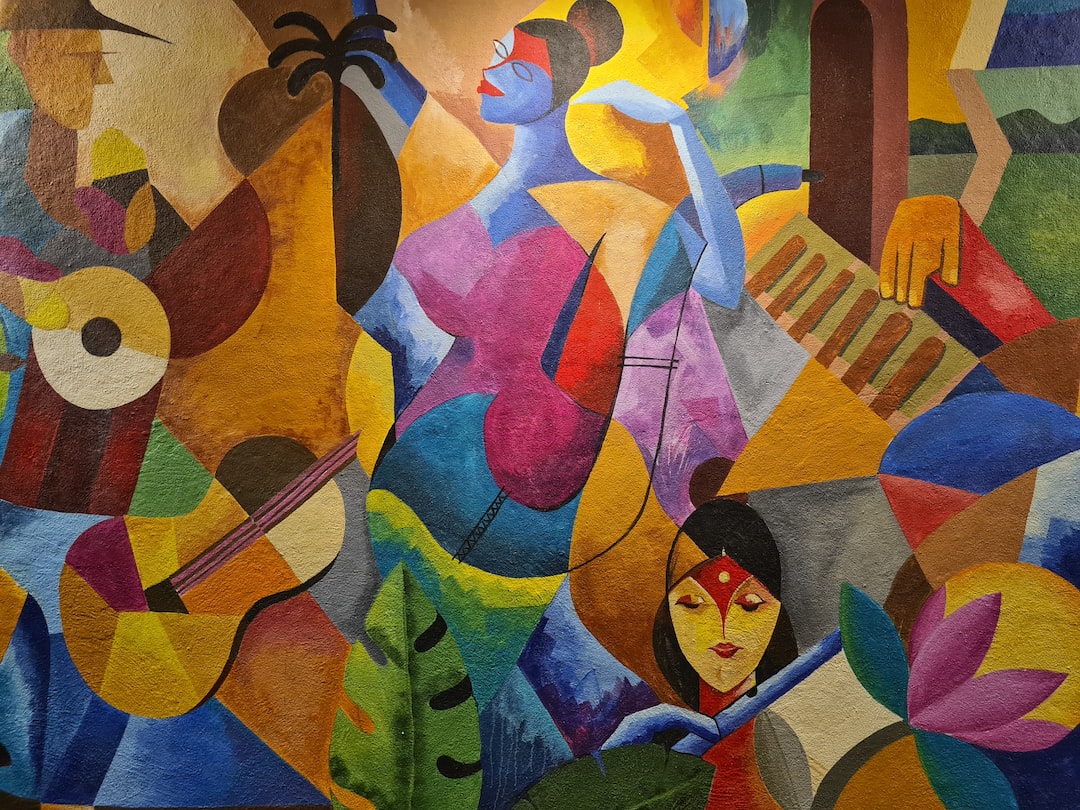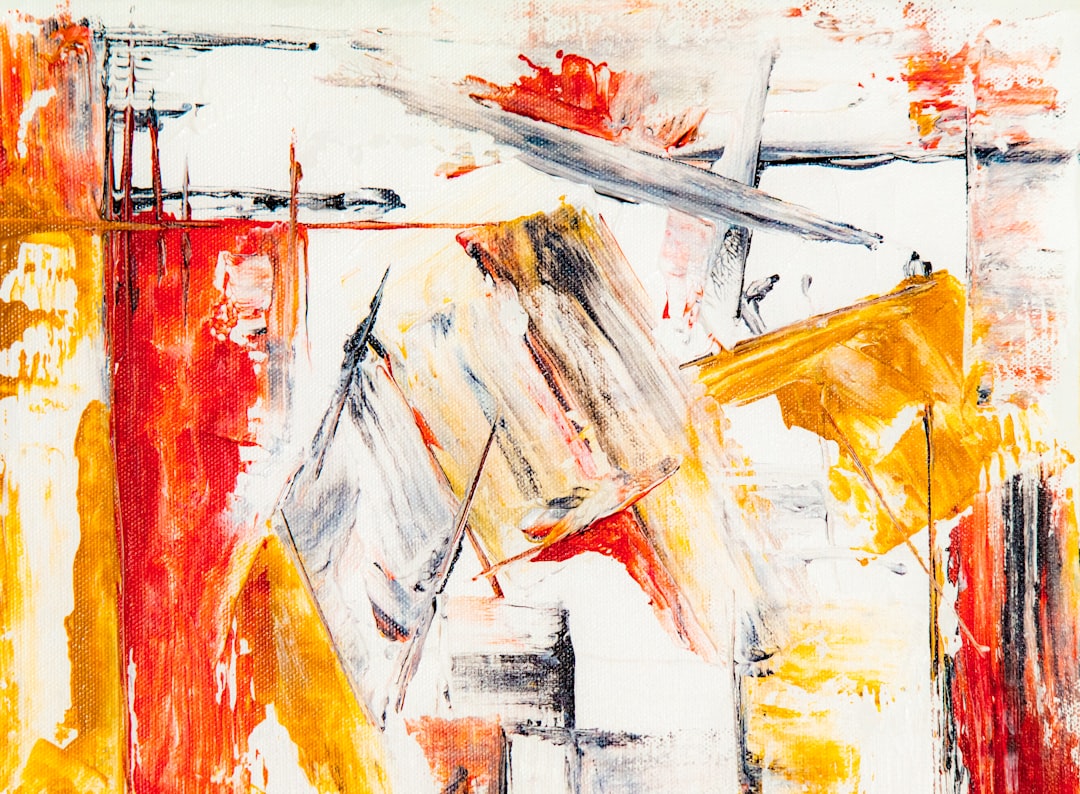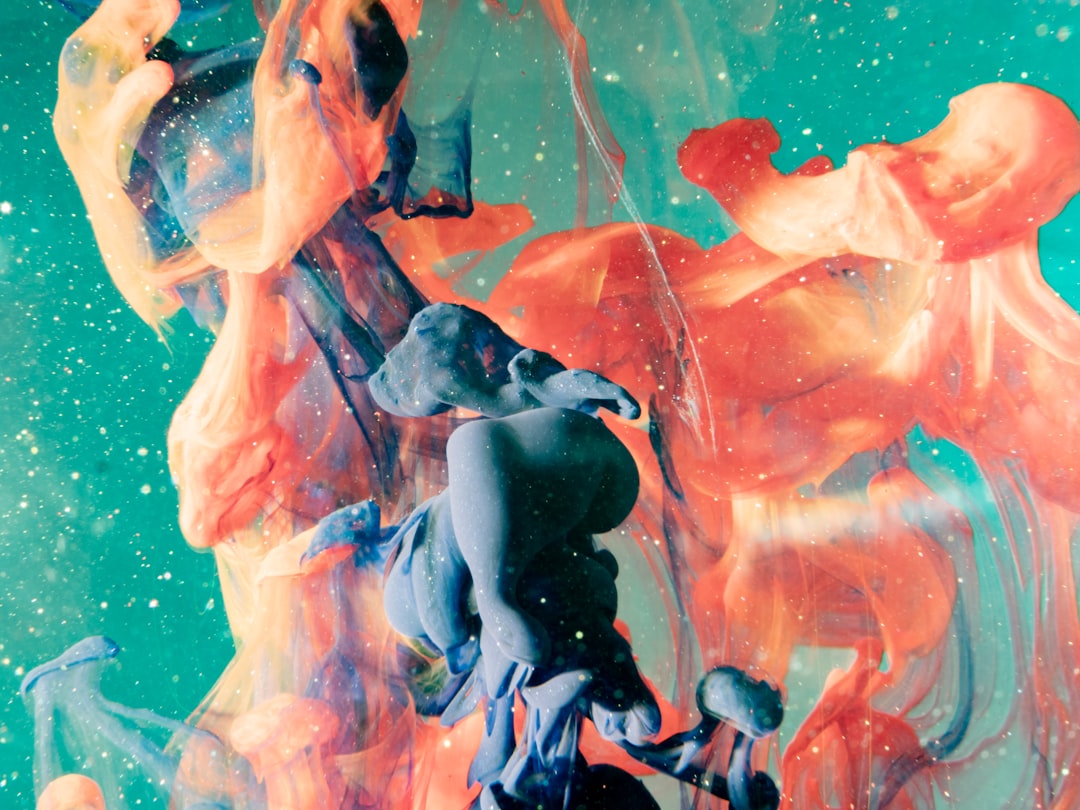Programming is often thought of as a technical skill, reserved for those who excel in math or science. However, programming can also be a form of creativity, allowing individuals to express themselves through code. The intersection of programming and creativity opens up endless possibilities for innovation and self-expression.
At its core, programming is about problem-solving and creating something new. Whether it’s a website, a mobile app, or a game, programmers use their skills to bring their ideas to life. This process requires creativity and imagination, as programmers must think outside the box to find solutions to complex problems.
The beauty of programming as a creative outlet is that it allows individuals to express themselves in a unique and innovative way. With programming, you can create art, music, and even tell stories. The possibilities are endless, and the only limit is your own imagination.
In this blog post, we will explore the different ways in which programming can be used as a form of expression. From minimalistic design to storytelling and experimentation, we will delve into the creative potential of programming. By the end of this post, we hope to encourage you to embrace the creative possibilities of programming and unlock your own potential as a programmer and a creative thinker.
Programming as a Form of Expression: How Code Can Be Used to Create Art and Music
Programming is often viewed as a technical field, concerned solely with the creation of computer software and hardware. However, programming can also serve as a powerful form of creative expression. By using code to create art and music, programmers can explore the intersection of technology and creativity in exciting new ways.
One of the most fascinating aspects of programming as a form of expression is the way in which it allows for the creation of interactive and dynamic art. Through the use of programming languages such as JavaScript, artists and designers can create stunning web-based animations, interactive installations, and other digital works that respond to user input in real-time. By leveraging the power of code, artists can create works that are both beautiful and functional, encouraging viewers to engage with their creations in new and exciting ways.
Beyond visual art, programming can also be used to create music. From algorithmic compositions to live performances with custom-built instruments, music created through programming offers a unique approach to musical expression. By using code to control and manipulate sound, musicians can create innovative and experimental works that push the boundaries of traditional musical forms.
Another advantage of programming as a form of creative expression is the level of control it offers. With code, artists and designers can precisely control every aspect of their work, from color and shape to movement and sound. This level of control allows for the creation of highly detailed and nuanced works, offering a level of complexity and depth that is difficult to achieve through traditional art forms.
Overall, programming offers a unique perspective on creative expression, allowing artists and designers to explore new forms of art, music, and design. By embracing the creative potential of programming, we can unlock new avenues of expression, encouraging experimentation, collaboration, and innovation in the world of technology and art. So go ahead, let your creativity run wild and start exploring the possibilities of programming today!
Beyond visual art, programming can also be used to create music.
The Beauty of Simplicity: Minimalistic Design in Programming
When it comes to programming, the concept of “less is more” has never been more relevant. Minimalistic design has become increasingly popular in recent years, and for good reason. Simplifying design elements can lead to a cleaner, more focused user experience, and can also make for more efficient code.
One of the benefits of minimalistic design is that it allows for a greater emphasis on content. By eliminating unnecessary clutter and distractions, users are able to better focus on the information or functionality they need. This is particularly important in web design, where a cluttered page can lead to confusion and frustration for users.
In programming, minimalistic design can also lead to more efficient code. By eliminating extraneous elements, developers can create more streamlined and lightweight applications. This can lead to faster load times and better overall performance, which is crucial in today’s fast-paced digital landscape.
Another benefit of minimalistic design is that it encourages creativity and innovation. When design elements are stripped down to their most basic components, developers are forced to think outside the box and come up with new and innovative ways to make their applications stand out.
Of course, minimalistic design is not without its challenges. It can be difficult to strike the right balance between simplicity and functionality, and it’s important to ensure that the user experience is not sacrificed in the pursuit of a minimalist aesthetic.
Ultimately, however, the beauty of minimalistic design lies in its ability to create a more focused, efficient, and user-friendly experience. By embracing simplicity in programming, developers can unlock a world of creative possibilities and create applications that are both beautiful and functional. So next time you’re working on a project, consider the power of minimalistic design and see how it can help take your programming skills to the next level.
So next time you’re working on a project, consider the power of minimalistic design and see how it can help take your programming skills to the next level.
The Power of Storytelling: Using Code to Tell a Story
When we think of programming, we often think of it as a tool for solving problems or creating functional applications. However, programming can also be a powerful medium for storytelling. By using code to create interactive narratives, developers can engage users in new and exciting ways.
One of the most compelling aspects of storytelling through code is the ability to create immersive experiences that allow users to explore and interact with a narrative in a way that traditional media cannot. For example, with virtual reality technology, developers can create entire worlds for users to explore, populated with characters and objects that react to the user’s actions. This allows for a level of interactivity and engagement that is impossible with traditional storytelling media.
Another benefit of using code to tell a story is the ability to customize the narrative to each user’s experience. By writing code that adapts to the user’s choices and actions, developers can create personalized storylines that feel tailored to the individual user. This can add a level of emotional investment to the narrative, as users feel personally invested in the outcome of the story.
Of course, not all storytelling through code needs to be complex or high-tech. Even simple games or interactive stories can be effective at engaging users and communicating a message. In fact, sometimes the most powerful stories are the ones that are told using the simplest means possible. By focusing on minimalistic design elements and clear messaging, developers can create narratives that are both powerful and accessible.
Ultimately, the power of storytelling through code lies in its versatility as a medium. Whether you are creating a complex virtual reality experience or a simple interactive story, the ability to engage users in new and exciting ways opens up a wide range of creative possibilities. By embracing the potential of programming as a storytelling medium, developers can create immersive and engaging experiences that leave a lasting impact on users.
This can add a level of emotional investment to the narrative, as users feel personally invested in the outcome of the story.
The Role of Experimentation in Programming: Trying New Things and Taking Risks
Programming is an ever-evolving field that requires innovation and experimentation to create new and exciting products. The essence of experimentation is taking risks to explore new possibilities, and that is precisely what programming and creativity are all about.
Experimentation in programming involves trying out new approaches, working with unfamiliar languages, and taking risks to explore the possibilities of new technologies. It is a significant aspect of creativity in programming because it is through experimentation that new ideas are born, and innovative solutions are found.
Creating a perfect program is not just about following a set of rules but also about taking risks and being open to new ideas. It is essential to experiment with different frameworks, tools, and languages to find the best fit for a particular project. This process can be both challenging and rewarding, as it allows developers to explore new possibilities and learn new skills.
The process of experimentation in programming requires a growth mindset, which involves embracing challenges and looking for opportunities to learn from them. When experimenting with new ideas, programmers may encounter obstacles or even failure. However, this should not be seen as a setback but rather as an opportunity to learn and grow.
Experimentation is also an excellent way to keep programming skills fresh and up-to-date. It allows developers to stay curious, remain agile, and continuously improve their skills. Additionally, it is through experimentation that developers can discover new and exciting applications for existing technologies.
The creative process of experimentation is not just limited to individual developers, but it can also be done on a larger scale. Collaborative experimentation can bring together a diverse range of perspectives, skills, and experiences to create innovative solutions to complex problems. The power of collaboration and experimentation in programming is evident in the success of open source communities, which rely on a collaborative approach to software development.
The role of experimentation in programming is critical in fostering creativity and innovation. By trying new things, taking risks, and embracing challenges, developers can create new ideas and solutions that are both exciting and useful. The process of experimentation also helps developers stay current and continuously improve their skills. So, embrace experimentation, take risks, and explore new possibilities – you never know what amazing solutions you might discover.
This process can be both challenging and rewarding, as it allows developers to explore new possibilities and learn new skills.
Collaboration and Community: The Creative Potential of Open Source Projects
Programming has always had an element of collaboration and community. From the early days of computer science, when programmers would share code through physical copies, to the modern era of GitHub, collaboration has been a key part of programming culture. However, with the rise of open source projects, the creative potential of collaboration has been taken to new heights.
Open source projects are collaborative efforts to create software that is available to the public for use or modification. These projects are usually led by a team of core developers, but anyone can contribute to the project. This means that open source projects are often the product of hundreds or even thousands of hours of work from developers all over the world.
The beauty of open source projects is that they allow anyone to contribute to the creative process. No longer is programming the domain of a select few – anyone with an internet connection and a willingness to learn can participate. This democratization of programming has led to an explosion of creativity and innovation.
One of the greatest benefits of open source projects is the sense of community that they create. By working together on a shared goal, developers form strong bonds and a sense of camaraderie. This sense of community can be incredibly motivating, encouraging developers to push themselves and take risks.
In addition, open source projects often have a strong emphasis on documentation and knowledge sharing. This means that newcomers to the project can quickly get up to speed and start contributing. Additionally, developers can learn from one another and share best practices, leading to an overall improvement in the quality of the code.
Open source projects also offer a unique opportunity for collaboration between different fields. For example, a developer with a background in music might contribute to an open source project that involves creating music with code. Similarly, a developer with a background in art might contribute to a project that involves creating visualizations with code. This interdisciplinary collaboration can lead to incredibly creative and innovative projects.
Open source projects offer an incredible opportunity for collaboration and community in programming. By working together on a shared goal, developers can push themselves creatively and learn from one another. Additionally, the democratization of programming that open source projects offer means that anyone can contribute to the creative process. If you’re interested in programming and want to explore the creative potential of collaboration, then open source projects are an excellent place to start.
For example, a developer with a background in music might contribute to an open source project that involves creating music with code.
Conclusion: Embracing the Creative Possibilities of Programming
As we wrap up this discussion on the intersection of programming and creativity, it’s clear that coding offers endless opportunities for artistic expression, storytelling, and innovation. From creating stunning visual art to composing complex musical pieces, programming can be used to bring ideas to life in ways that were once impossible.
One of the most exciting aspects of programming is the ability to experiment and take risks. With so many tools and resources at our disposal, there’s no limit to what we can create. Whether you’re building a new app or designing an interactive website, your only limit is your imagination.
And speaking of collaboration, the open source community is one of the best places to explore the creative potential of programming. By working with others, sharing ideas, and contributing to open source projects, you can not only improve your skills but also become part of a vibrant, supportive community of fellow creatives.
Of course, it’s not always easy to be creative. Sometimes, we get stuck in our own heads or struggle to find inspiration. But the beauty of programming is that there’s always something new to learn and explore. Whether it’s trying out a new language or experimenting with a different approach, there are always ways to push yourself out of your comfort zone and unlock your full creative potential.
So if you’re looking to embrace the creative possibilities of programming, don’t be afraid to take risks, collaborate with others, and always keep learning. Who knows what amazing things you’ll create!





